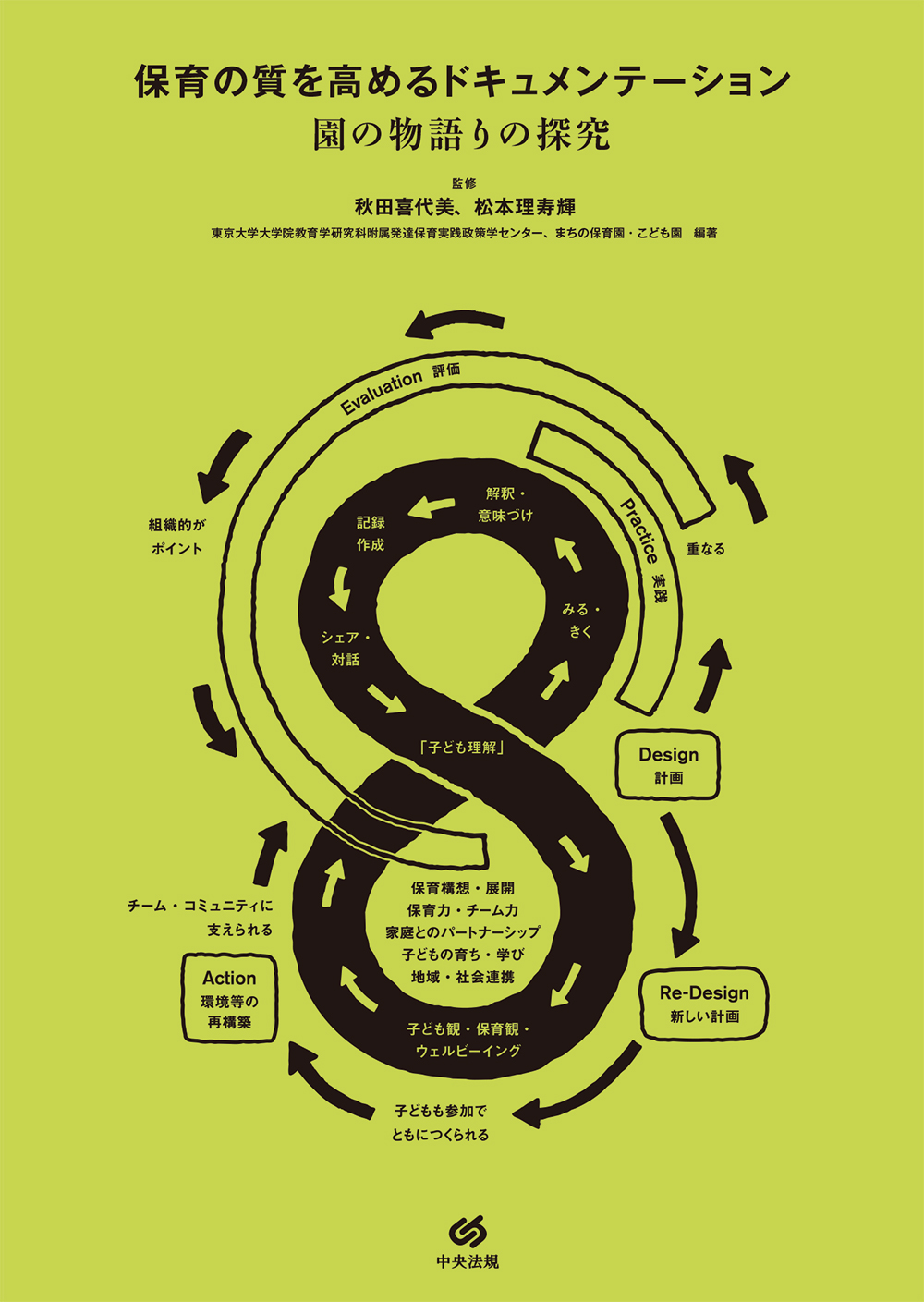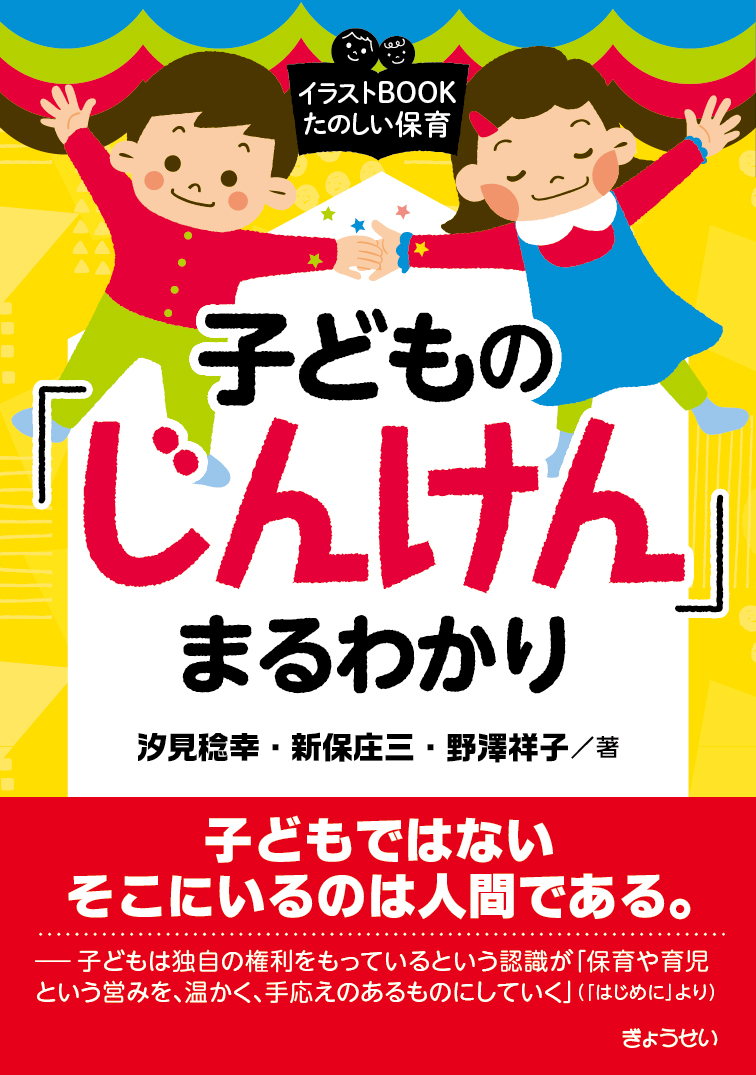
Title
Childcare Navigation Book Hoiku o Hiraku “Community Coordinator” no Shiten (Perspectives of “Community Coordinators” Who Cultivate Early Education and Care Facilities)
Size
80 pages, 26 x 18cm
Language
Japanese
Released
June, 2021
ISBN
9784577815021
Published by
Froebel Kan
Book Info
See Book Availability at Library
Japanese Page
This book was written as part of a joint study project between the Center for Early Childhood Development, Education, and Policy Research (CEDEP), attached to The University of Tokyo Graduate School of Education, and the Machi-no-Hoikuen/Kodomoen (a corporation that operates nurseries and certified child centers valued on the community). Community coordinators (CCs) are individuals who coordinate communities to allow children in childcare facilities to connect with their community and learn abundantly. This book contains a collection of ideas about good practices of CC, and the thoughts of people who occupy various positions in the field. At CEDEP, a CC course was conducted in collaboration with the Machi-no-Hoikuen/Kodomoen. Within this initiative, Kiyomi Akita, the former Director of CEDEP and now a professor at Gakushuin University and Professor Emeritus of The University of Tokyo, and Midori Takahashi, a specially-appointed assistant professor at CEDEP, played a central role in finessing the ideas and practices of CCs in collaboration with Rijuki Matsumoto, a representative of the Machi-no- Hoikuen/Kodomoen, and all the CCs and participants in the CC course.
CCs came into existence as figures that were established based on the philosophy of the Machi-no-Hoikuen/Kodomoen. In this book, Rizuki Matsumoto emphasizes that children, childcare workers, and people within a region and society are connected as a “community,” and that this community “cannot be divided.” Furthermore, he states that, owing to the need for a presence to keep a community organically connected, he has established CC as a new role.
The need for a CC-like presence may be a sign that community ties are currently weak. Midori Takahashi points out that loneliness and isolation have become social problems, despite the fact that “human beings are social animals by nature and essence” and that “relationships with others are essential.” In addition, she expresses “the difficulty to connect” as “our inability to live without being connected,” and states that what we need in this difficult situation are CCs who are able to coordinate “connections.”
However, CCs are not necessarily individuals with professional qualifications. Kiyomi Akita indicates that “[a]nyone who is involved in a childcare facility has the potential to become a CC who designs the community by behaving with the perspectives and mindset of a CC, and this is what enriches childcare, isn’t it?” Therefore, we believe that CCs coordinate connections to allow children, caregivers, and people in the community and society to live amidst the rich connections of their community, and that the perspectives and mindset of a CC can be held by anyone involved in childcare facilities. Through this book, we hope you can become familiar with the ideas and practices of the CCs based on their experiences with various cases, told you to in their own voices. This may also serve as a helpful reference when thinking about all forms of community coordination, and not just those of childcare facilities.
(Written by NOZAWA Sachiko, Associate Professor, Graduate School of Education / 2022)



 Find a book
Find a book



